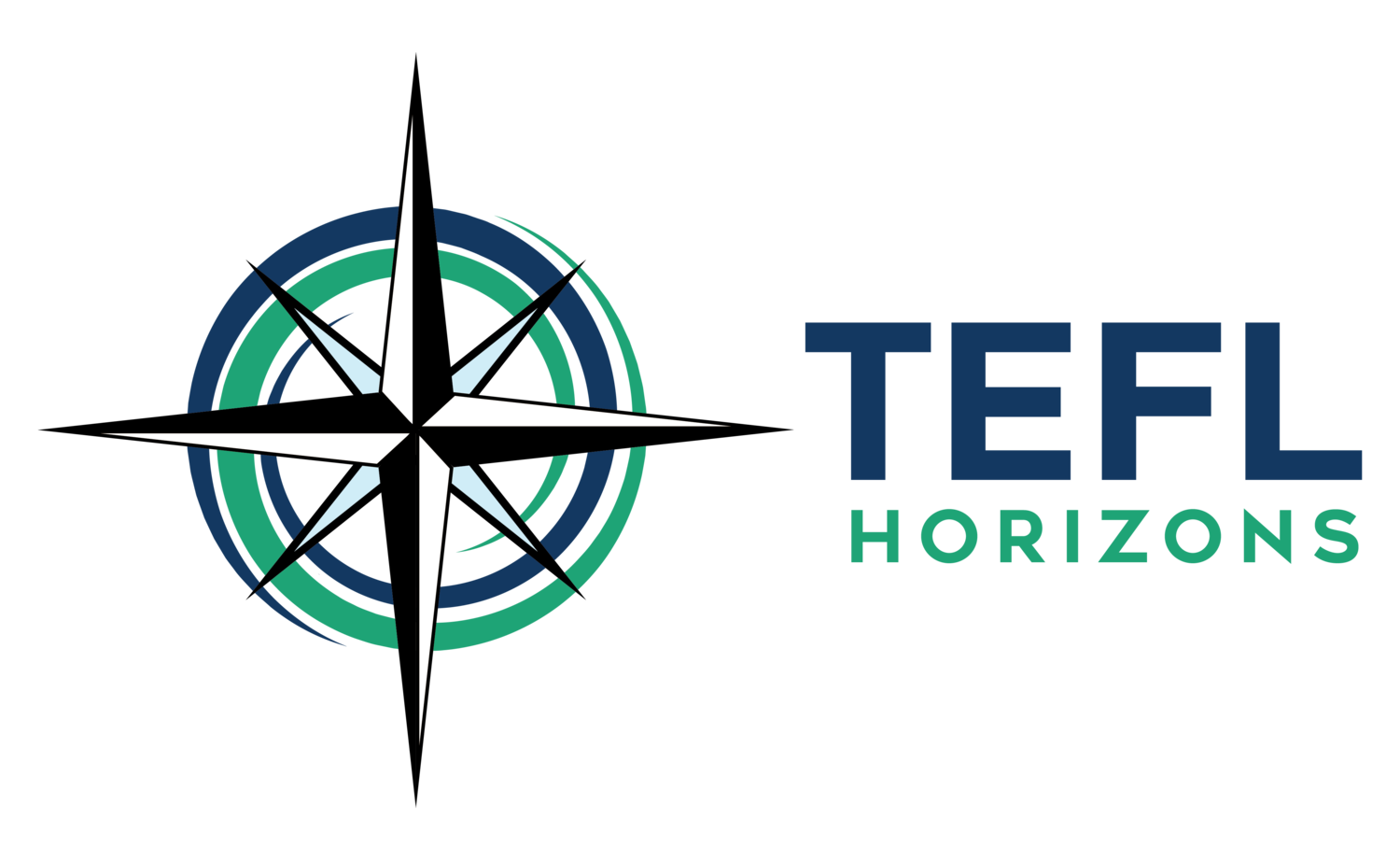Interview with Jackie Bolen: Tips for Making Lessons Student-Centered
Show Notes
Jackie Bolen taught English in South Korea at private institutes and universities for over ten years. She now lives in Vancouver, Canada where she is (as I like to say) a TEFLpreneur: she teaches, writes, and runs two successful websites: eslactivity.org and eslspeaking.org. She is both CELTA and DELTA certified and strongly believes in the value of communicative, interactive language teaching. She is particularly interested in using games in the ESL classroom, and she's published several games and activities books, which you can find on Amazon. In her spare time, Jackie is usually on the hunt for the most delicious kimchi she can find, which isn't that easy to come by in Vancouver!
This is the second time Jackie has joined me as a guest on Expand Your Horizons, and I'm very happy to welcome her back. In this episode, we're talking about strategies for maximizing student talk time, minimizing teacher talk time, and making lessons more student-centered in general.
““If students are active and engaged… then their brains are active, and they’re going to remember what they used in the lesson.” ”
In this Episode…
Why is it important to make lessons student-centered?
It makes the language is more memorable
It's more engaging and fun (students don't zone out)
It provides actual, hands-on practice for the students – real learning is taking place as opposed to passive observation
You get feedback from your students! If you don't involve students in the lesson, you have no way to know how they're doing in their language development. Increasing student talk time means you get regular feedback and can check whether students are retaining the information, following you, and enjoying the lesson.
How can we make lessons more student-centered?
Consider task-based learning
An example of a task-based speaking lesson: planning a three-course meal
What constitutes a "task" in a task-based lesson
Why having a communicative goal for a task or activity is important
Why having a group presentation or asking students to share "results" of a task adds a healthy amount of pressure to the lesson
How to do feedback in a task-based lesson
How task-based learning allows the students to choose the language they learn
How task-based learning takes some of the pressure off of you as the teacher
Other ways to make lessons more Ss-centered
Choose activities wisely (surveys, board games, pair work)
Why it's important to put students in pairs and small groups rather than doing everything as a whole class
Why you should ask yourself "can I avoid this?" whenever you are planning to talk in front of the whole class
How to minimize teacher talk when you do need to address the whole class
Using a test-teach-test approach to decrease teacher-centeredness
Link to test-teach-test resources
Tips for making clarification stages more student-centered
Why you should see the word "explain" as a red flag on your lesson plan
Fun activities to involve students in class
· Using surveys to get students involved
· Using board games
· Getting students to do informal presentations
· Giving the "listeners" a task for a presentation
· Getting students to give and request feedback on each other's presentations
Where to find Jackie:
Books on Amazon




